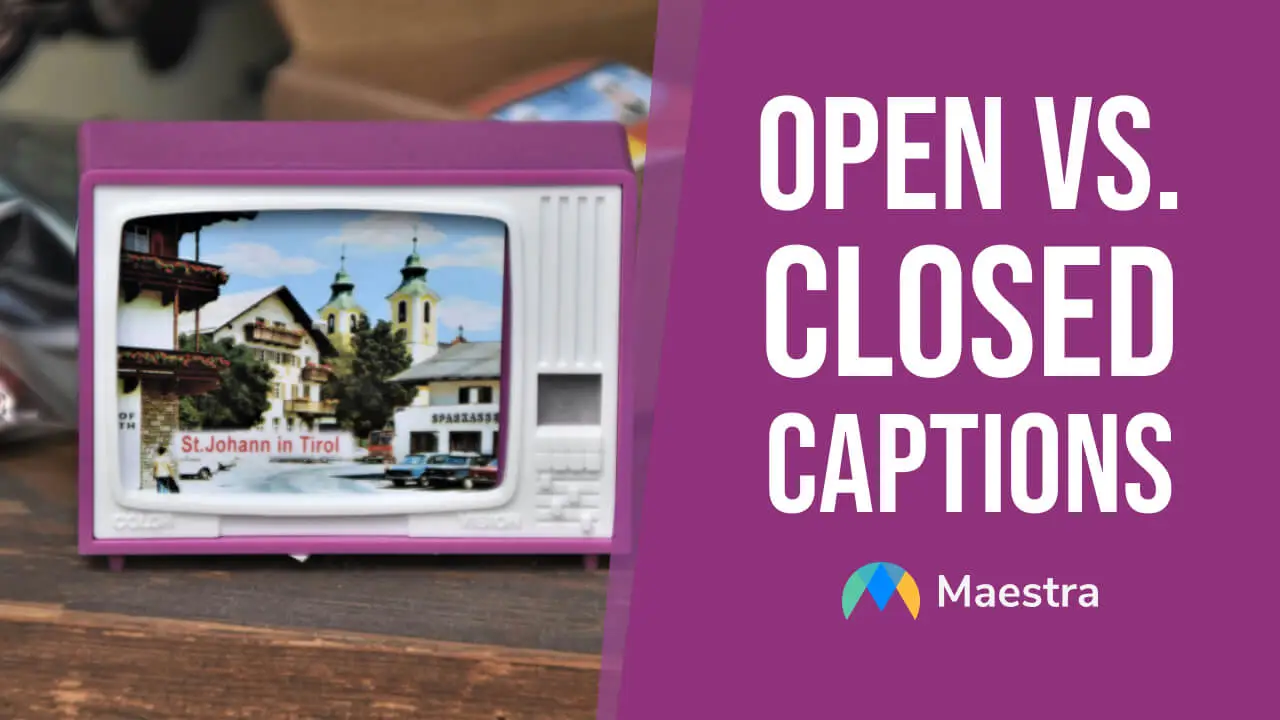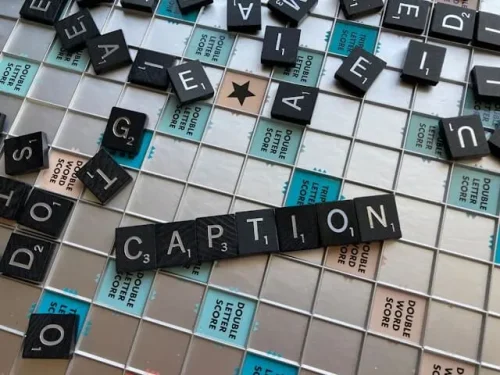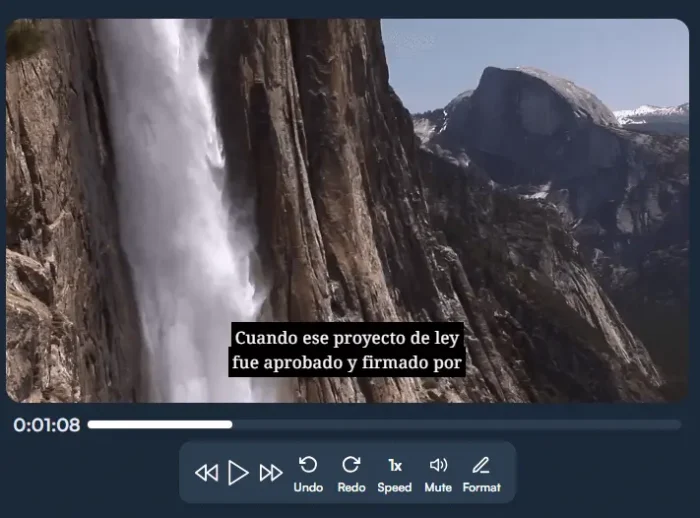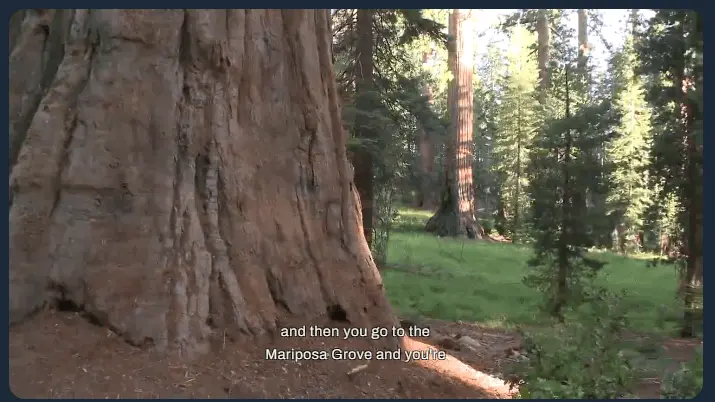Open Captions vs. Closed Captions

Captions play an essential role in making media content accessible to diverse audiences, from those who are deaf or hard of hearing to multilingual viewers. Captions also aid in environments where audio cannot be heard, like noisy public spaces or quiet zones. But not all captions are created equal; they come in two primary types: open captions and closed captions. Here, we’ll dive deep into their differences, purposes, and best-use cases to help creators make informed decisions about captioning their content.
What Are Captions?

Before delving into specifics, let’s briefly clarify what captions are. Captions provide a textual representation of audio content in a video, including dialogues, speaker identifications, sound effects, and music cues. By conveying these audio elements in text, captions make videos accessible to people who may not be able to hear or understand the spoken language due to various reasons.
Technical Differences Between Closed and Open Captions
| Aspect | Open Captions | Closed Captions |
|---|---|---|
| Visibility | Always visible | Optional, can be toggled on/off |
| File Type | Part of video file | Separate caption file (e.g., .SRT, .VTT) |
| Platform Support | Works on all devices and platforms | Depends on platform/device support |
| Editing | Requires re-editing video | Editable through caption file |
| Viewer Control | Fixed display, no user customization | Users can adjust visibility and often styling settings based on platform |
| Multiple Languages | Not easily supported; requires different video versions | Can support multiple languages with separate files |
The Two Types of Captions: Open vs. Closed

1. Open Captions
Open captions are also known as "burned-in" or "hard-coded" captions. They are permanently embedded in the video and cannot be turned off or removed by the viewer. They are part of the video file itself, which means they appear consistently on any platform or device where the video is played.
Characteristics of Open Captions:
Advantages of Open Captions:
Drawbacks of Open Captions:
2. Closed Captions

Closed captions, on the other hand, are optional and can be toggled on or off by the viewer. This flexibility makes closed captions especially useful for streaming services, television, and online video platforms. Closed captions are usually delivered through a separate file (such as .SRT, .VTT, or .SCC) that can be loaded alongside the video, offering different levels of customization for viewers.
Characteristics of Closed Captions:
Live Caption for Free
Advantages of Closed Captions:
Drawbacks of Closed Captions:
Which One Should You Use?
Use Cases for Open Captions:
Use Cases for Closed Captions:
Summary
Both open and closed captions have distinct advantages and limitations, each suited to different environments and audience needs. Open captions guarantee universal visibility but lack flexibility, making them well-suited for static public displays or platforms with limited captioning capabilities. Closed captions, while dependent on platform support, provide users with more control and customization, especially for multilingual or streaming content. Ultimately, the choice between open and closed captions should be informed by where and how your audience will consume the content, balancing accessibility with user experience to best serve the intended audience.
FAQ
What is the difference between opened and closed captioning?
- Open captions are embedded in the video and cannot be turned off by the viewer. They’re always visible.
- Closed captions can be toggled on or off, typically accessible through a CC button, providing flexibility.
What is an example of an open caption?
A foreign language film with hardcoded English subtitles is a common example of open captions; viewers can’t turn them off.
What's the difference between CC and subtitles?
- Closed Captions (CC) include dialogue, sound effects, and sometimes speaker identification to assist viewers with hearing impairments.
- Subtitles only translate or transcribe spoken dialogue, primarily for viewers who don’t speak the language but don’t need sound cues.
What is open subtitles or closed captions?
- Open subtitles are like open captions, embedded in the video and always visible.
- Closed captions are similar but can be enabled or disabled, offering additional audio details beyond just the spoken words.
What is the difference between OCAP and CCAP?
- OCAP (Open Captions):
- These captions are “burned into” or embedded directly in the video, meaning they are always visible to the viewer and cannot be turned off.
- Typically used in scenarios where the audience needs constant captioning, such as in social media videos or public screens without audio.
- CCAP (Closed Captions):
- These captions are optional and can be turned on or off by the viewer, typically using a “CC” button.
- Often preferred for TV broadcasts, streaming services, or other media where viewers may want the option to view or hide captions.
The main distinction is viewer control: OCAP is always visible, whereas CCAP offers the choice to enable or disable captions.

